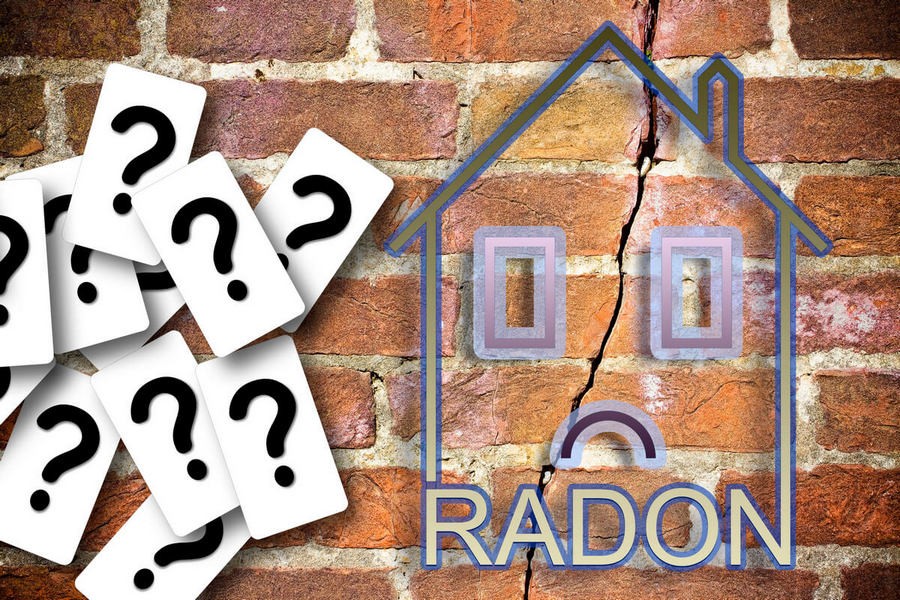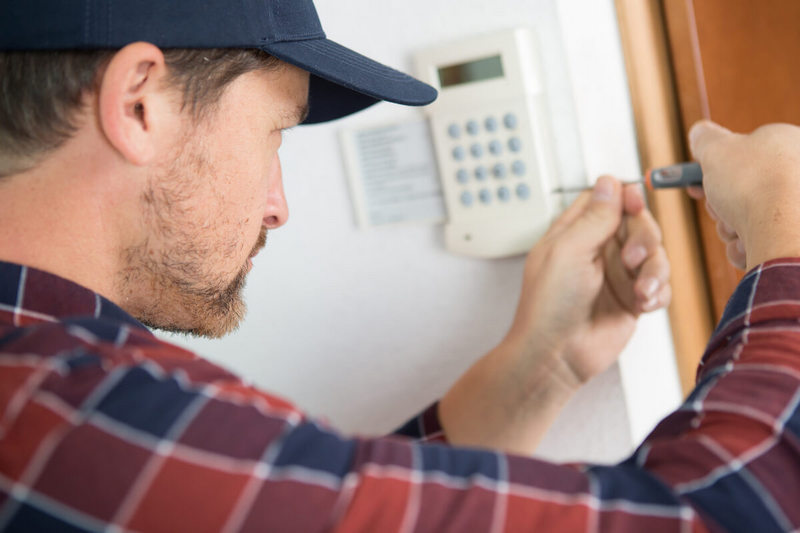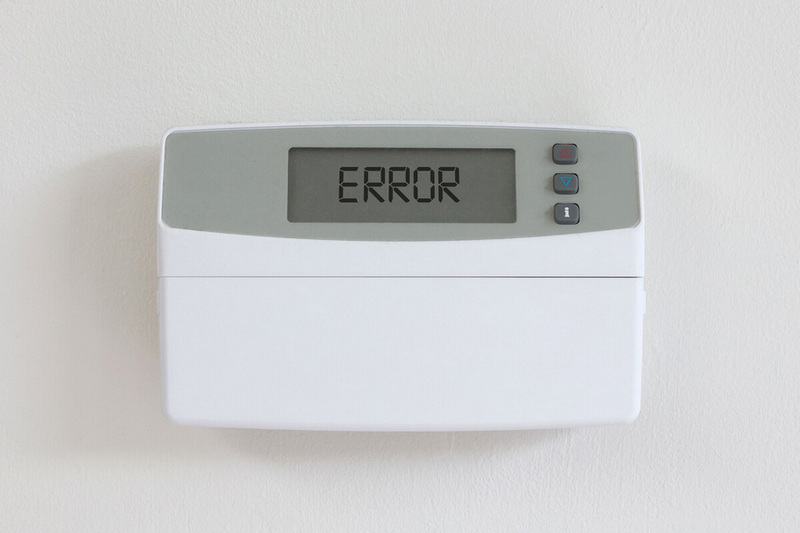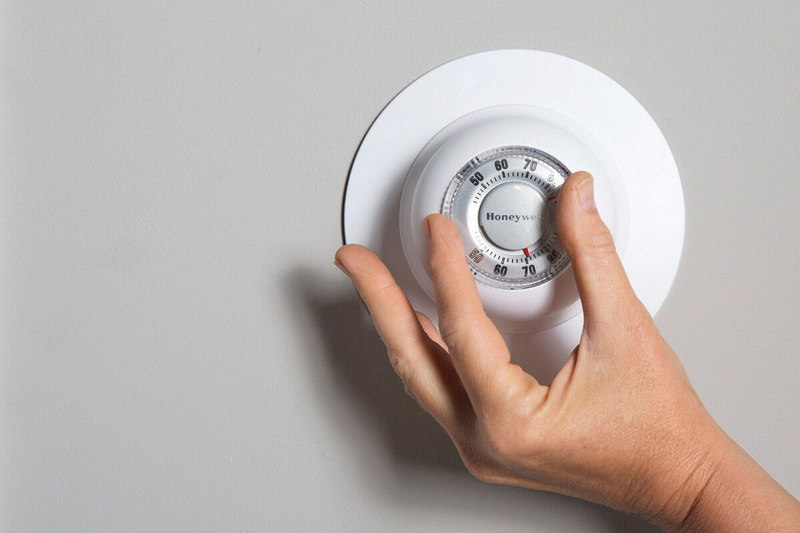Radon is a radioactive gas created by the natural breakdown process of uranium in soil, rock and water. As it moves through the ground, radon decays into other types of particles and radioactive elements.
In open air, radon gas quickly dissipates, causing no harm. But indoors, it can build up and cause health problems at concentrated levels.
In fact, radon is one of the top two causes of lung cancer in the US, behind only tobacco use. Specifically, the EPA estimates that about 21,000 people die every year from radon-connected lung cancer.
Because of how dangerous radon exposure can be, it’s important to know how to detect it in your home and what to do if you find elevated levels.
Related: Do Air Purifiers Help With Radon?
Does Radon Have a Smell?
No, radon does not have a smell. It doesn’t have a color, taste, or feel, either.
A persistent myth about radon gas is that it smells like rotten eggs. That’s not true at all. Because humans cannot smell radon gas, the only way to detect it in your home is to test for it.
What Are the Symptoms of Radon Poisoning and Exposure?
The symptoms of radon poisoning can vary from person to person. They can also depend on the level of radon exposure.
The following may indicate radon poisoning or exposure:
- Cough that doesn’t go away
- Wheezing and shortness of breath
- Persistent hoarseness
- Chest pains
- Appetite loss
- Weight loss
- Fatigue
- Headache
- Nausea
- Vomiting
- Dizziness
Aside from these symptoms, long-term exposure to high levels of radon can also lead to the following:
- Coughing up blood
- Cancer of the lungs, throat, or stomach
- Damage to your organs
- Pneumonia, bronchitis, and other frequent infections
- Death
On top of that, certain groups are more susceptible to the harmful effects of radon. For instance, smokers, people with chronic respiratory problems, pregnant women, and the very young and old are all at a higher risk.
What Are Safe Radon Levels?
There is no safe level of radon.
However, the EPA sets the “acceptable” maximum level of radon at 4.0 pCi/L. In this context, “acceptable” only means that levels this low (especially when it’s not prolonged) may not cause any immediate health effects.
Regardless of how much or how little radon is detected in your home, it’s critical to have it fixed as soon as possible. Radon exposure can cause all sorts of health problems down the road, and the longer you’re exposed, the worse the issue is likely to be.
How Long Does It Take for Radon to Give You Lung Cancer?
When you breathe in radon, it enters your lungs and starts to break down the cells by exposing them to trace amounts of radiation. This process can take many years, which is why long-term exposure to high levels of radon is so dangerous.
There is no one-size-fits-all answer to this question, as the amount of time it takes for radon to give you lung cancer depends on a variety of factors. These include a person’s age, weight, and medical history in addition to the degree of exposure to radon gas.
Generally, however, it usually takes around 5 to 25 years for radon to cause lung cancer.
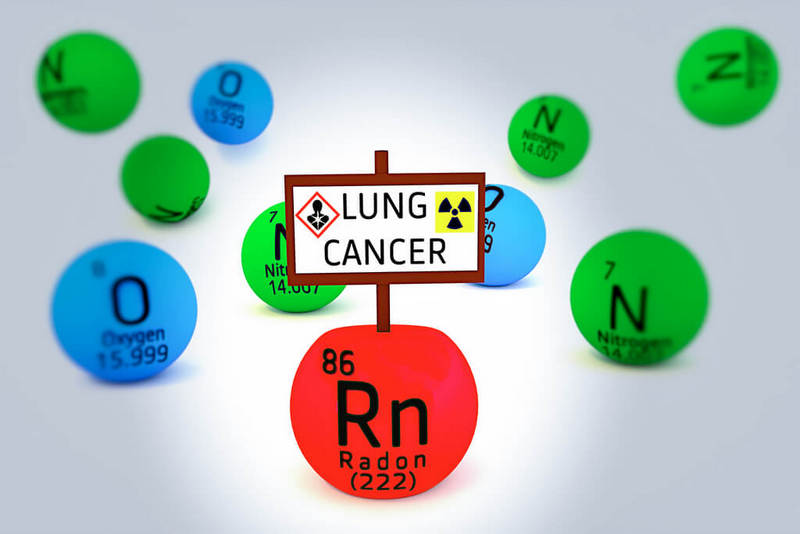
Is Radon Dangerous to Pets?
Yes, radon can also affect pets. Pets are not immune to the effects of the gas, and prolonged exposure to high levels increases their risk of cancer and other health problems.
Be sure to keep your pets away from areas with elevated radon levels and consult a veterinarian if you suspect your pet has been exposed to the gas.
How Does Radon Enter a Home?
Radon can infiltrate into a home through cracks and holes in the foundation. It seeps into the lower levels of homes, such as the basement or crawl space, and can spread throughout other parts of your house through your heating and cooling system.
Additionally, it’s possible for radon to enter your home through any point that’s in contact with the ground. Therefore, it’s important to test your entire home if you think that you might be exposed.
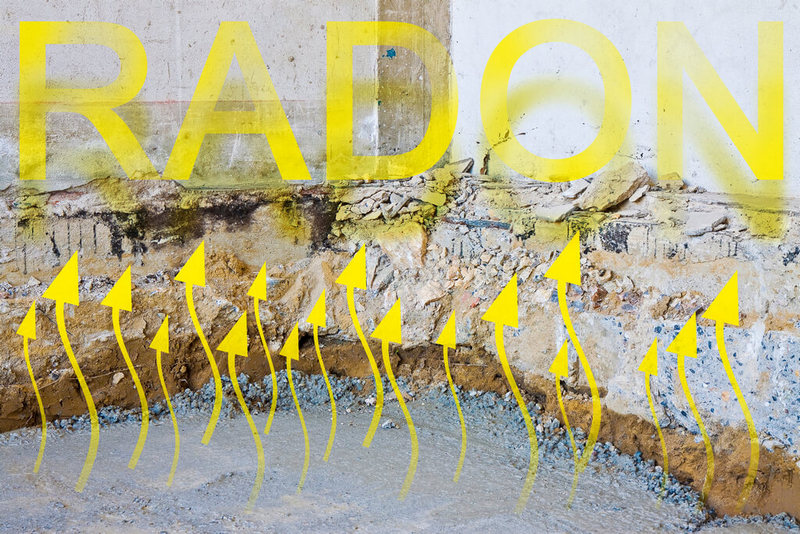
How to Test Your Home for Radon Gas
Again, because radon gas doesn’t smell like anything at all, it’s important to regularly test your home for the gas. You can do this yourself or hire a professional to test your home for radon.
DIY Radon Tests
You can buy DIY radon testing kits at most hardware stores or online. Some state radon offices also offer low cost and even free test kits, so be sure to check with them first.
When performing a DIY test, you’ll need to follow the instructions carefully. Most tests will require you to do the following:
- Close all of the windows, doors, and other openings in your home for at least 12 hours before you do the test.
- Turn off all of your fans, exhaust vents, clothes dryers, and anything else that may cause the level of radon in your home to fluctuate.
- Place the detector in the lowest area of your home, such as the basement, for at least 48 hours (or the amount of time specified by the detector’s instructions).
- Once you’ve finished your test, send the detector to the lab for analysis and wait for the results.
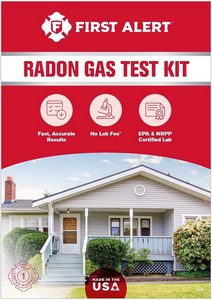
Check out the First Alert Radon Gas Test Kit on Amazon
Professional Radon Tests
If you want to test your home for radon but don’t feel confident in your ability to take the DIY route, hiring a professional is an easy and reliable option.
It’s also the best course of action in some cases, such as when you’re preparing to sell your home, since many states require a professional radon test in order to complete the sale.
Aside from accuracy, hiring a professional to test for radon also ensures that all aspects of your home are tested, from the basement to the upper levels. You also typically get the results faster, since you won’t have to deal with shipping delays and issues with the receiving labs.
Finally, professional radon testers will also be able to provide you with a detailed report of the results and recommend a mitigation system, which you can take in order to protect your family’s health.
Final Thoughts
If you suspect that radon has infiltrated your home, it’s important to take action immediately. Testing your home for radon is a simple and straightforward process, and there are many resources available to help you.
Not sure where to start? Consult a state radon office in your area, visit the EPA’s website, or talk to a radon mitigation specialist today.

